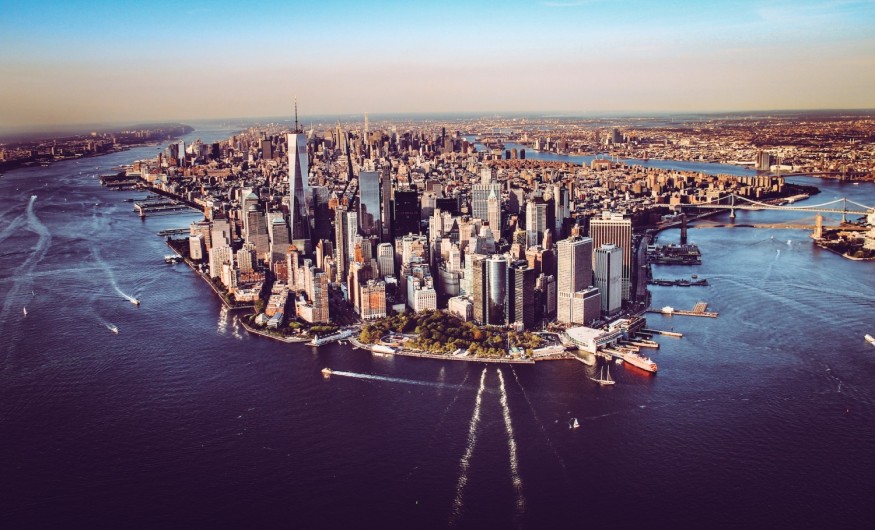New York's Hudson River was not swimmable for a long time due to being polluted for years dating back to the aftermath of World War II in 1945.
The New York river was uninhabitable for fish and other marine life due to the presence of hazardous chemicals. It was caused by various anthropogenic factors like the dumping of industrial waste and other toxic substances during the said period, according to multiple reports.
Now, after cleanup efforts that lasted for decades, the Hudson River has completely transformed. This feat was exhibited by British endurance swimmer Lewis Pugh on Wednesday, September 13, when he swam for 315 miles (507 kilometers) down the said river.
Pugh's long-distance swim aims to advocate water cleanup against pollution for other waterways as well.
Water Cleanup Campaign

Pugh began his recent swimming milestone at the New York river last month on August 13, starting from the river's source down to its end at New York City. After a month, the British swimmer completed his journey at Battery Park on Wednesday despite being 'exhausted but rejuvenated,' according to Lewis Pugh Foundation.
According to the foundation, Pugh's feat highlights the important role rivers play within a habitable planet like Earth. In addition, the epic journey also saw the endurance swimmer exploring the "interconnectedness" between rivers and oceans. The so-called 'water cleanup campaign' seeks urgent action in the restoration and protection of these bodies of water.
Also Read : Non-profit Organization Takes Action on the Increasing Pollution on Rivers and Waterways
Hudson River Cleanup
As mentioned earlier, the Hudson River underwent decades-long of cleanup initiatives and receiving one of the country's largest budgets in history. The United States Environmental Protection Agency (EPA) classifies the Hudson River as a Superfund site.
This means the river is part of the EPA's Superfund program, which is responsible for cleaning up some of the nation's most polluted land and responding to critical environmental emergencies like oil spills and natural disasters, according to the EPA.
Hudson River Pollution
Prior to the Hudson River cleanup, industrial pollution plagued the New York river, which flows from north to south via eastern New York. Named after the British explorer Henry Hudson, the Hudson River is one of the most important waterways in US history, according to the Hudson River Maritime Museum.
Yet, the Hudson River suffered from pollution for approximately 30 years starting in 1947. According to the National Oceanic and Atmospheric Administration (NOAA), General Electric Company (GE) released over a million pounds of polychlorinated biphenyls (PCBs) into the Hudson River during the period.
What are PCBs?
PCBs are a class of chemicals previously used in the manufacturing industry that can remain in the environment for many decades, according to the NOAA.
Today, environment-damaging PCBs are no longer commercially produced in the U.S. but may still be present in commercial products and materials produced prior to the 1979 PCB ban, according to the EPA.
© 2025 NatureWorldNews.com All rights reserved. Do not reproduce without permission.





